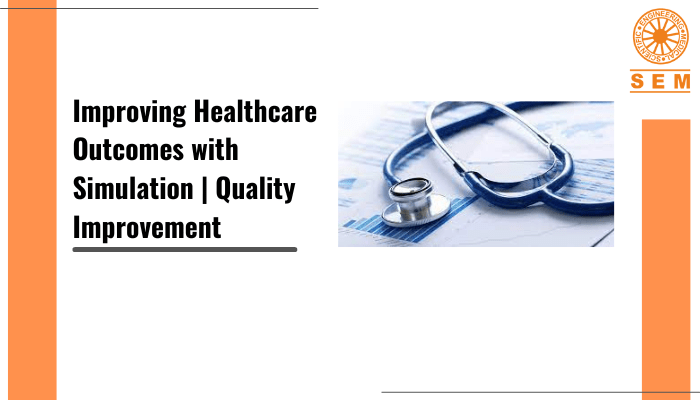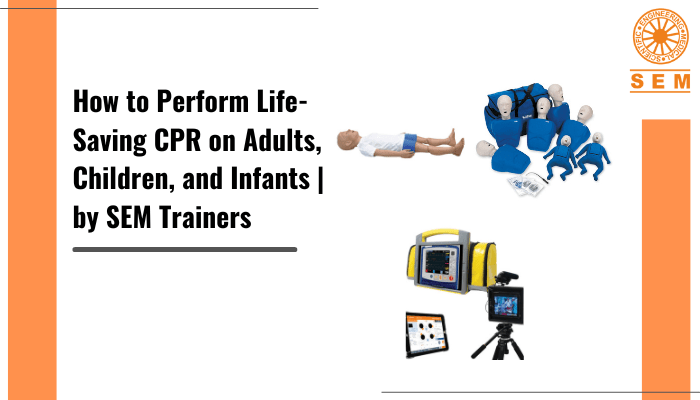Improving Healthcare Outcomes with Simulation | Quality Improvement
Whether it’s the massive population that stands second in the world or the large pool of well-trained medical professionals in the country, the healthcare industry in India is one that is quickly making its way to the top. And with the opportunity, comes responsibility.
Simulation is widely credited as not just a powerful education tool, but also an instrument for quality improvement. By creating a safe, interactive learning environment and effecting various technical and soft skills, it creates the perfect opportunity for improving healthcare outcomes in patients.
Simulation creates an interactive learning experience
By creating guided simulated experiences with a hint of substantial aspects of the real world, simulation is able to provide an interactive learning experience and platform. This builds skills and fundamentals in learners, effectively improving patient outcomes.
Simulation provides real-time feedback to learners
When students get immediate feedback through task trainers and systems, two things happen. If they are performing the skill correctly, it helps them proceed with the task more confidently. And if they are doing something wrong, they are corrected at the spot so they can correct their course of action instead of getting negative feedback at the end and feeling disparaged because of it.
Simulation offers an unmatched opportunity to analyze the students’ performance
By creating structured scenarios with events and details that replicate features of real-world clinical situations, simulation is able to provide access to events that cannot otherwise be directly observed. This results in an extraordinary learning experience, and ultimately, into better patient and healthcare outcomes.
Simulation provides a safe, controlled environment for learning
Through simulation-led medical training, students are not only given the freedom to make mistakes, but they are given the unique opportunity to learn from their mistakes. Interestingly, being free to make mistakes also means that they feel free to play around with the functions and explore them. And this makes for healthcare professionals who are not left clueless at an unexpected clinical situation, who are able to deal with any situation that presents itself. This fundamentally results in better healthcare outcomes.
Simulation makes repeated, hands-on practice possible
Without simulation, it would be difficult to provide students with the exposure needed to build certain technical skills that can only be perfected with practice; clearly, theory alone isn’t enough. While the greatest benefit of simulation may be that it allows hands-on practice, much of the skill comes from repeated practice. By creating capable healthcare professionals, the number of errors are highly reduced, and the quality of patient care, immensely improved.
Simulation avoids inconvenience to real patients
It is obvious that when simulation eliminates the need to have freshers practice on real patients, removing that risk, inconvenience, and breach of privacy for the patients means the quality of patient care and healthcare outcomes are greatly improved.
Simulation can highlight communication issues
Many medical errors and patient harm instances can be traced back to failings in communicating effectively. Simulation can shine a light on these and, in turn, help improve the systems and processes by improving team and communication skills.
Simulation can help improve outcomes for life-threatening conditions
Because simulation is able to replicate real-life situations in a safe way, we can simulate life-threatening situations just as easily as everyday situations in the real clinical setting. With simulation, researchers don’t have to wait for rare events to happen to be able to observe them. And by reproducing life-threatening and catastrophic conditions as often as we want, it can be helpful in improving our approach to such situations.
Simulation makes better research possible
The benefits of simulation are not just received through education; it also makes better research possible. For example, simulation can be used to study the impact of noise on anesthetists’ stress level in operation theaters. It can give insight into things in a way that nothing else can. And better research automatically improves the quality of healthcare outcomes globally. Simulation-based research may be the biggest way in which simulation is helping improve healthcare outcomes and the quality of patient care.
The effort to improve healthcare outcomes with simulation does face a few challenges. For instance, the outcomes may depend on the participants, the setting, and the scenario, and it may be hard to pinpoint what led to the change in outcome.
Regardless, through all the direct and indirect benefits it has to offer, it is evident that simulation is effective at improving healthcare systems and processes. It can help streamline protocols without involving patients and help identify latent safety threats as well. It can also be used to test new approaches before adopting them in the real clinical setting. Additionally, measuring patient outcomes helps adopt best practices, and in turn, further improve outcomes.
More Blog:
Medical Simulation Training: Market Share, Projected Growth
Follow us on Social Media :



